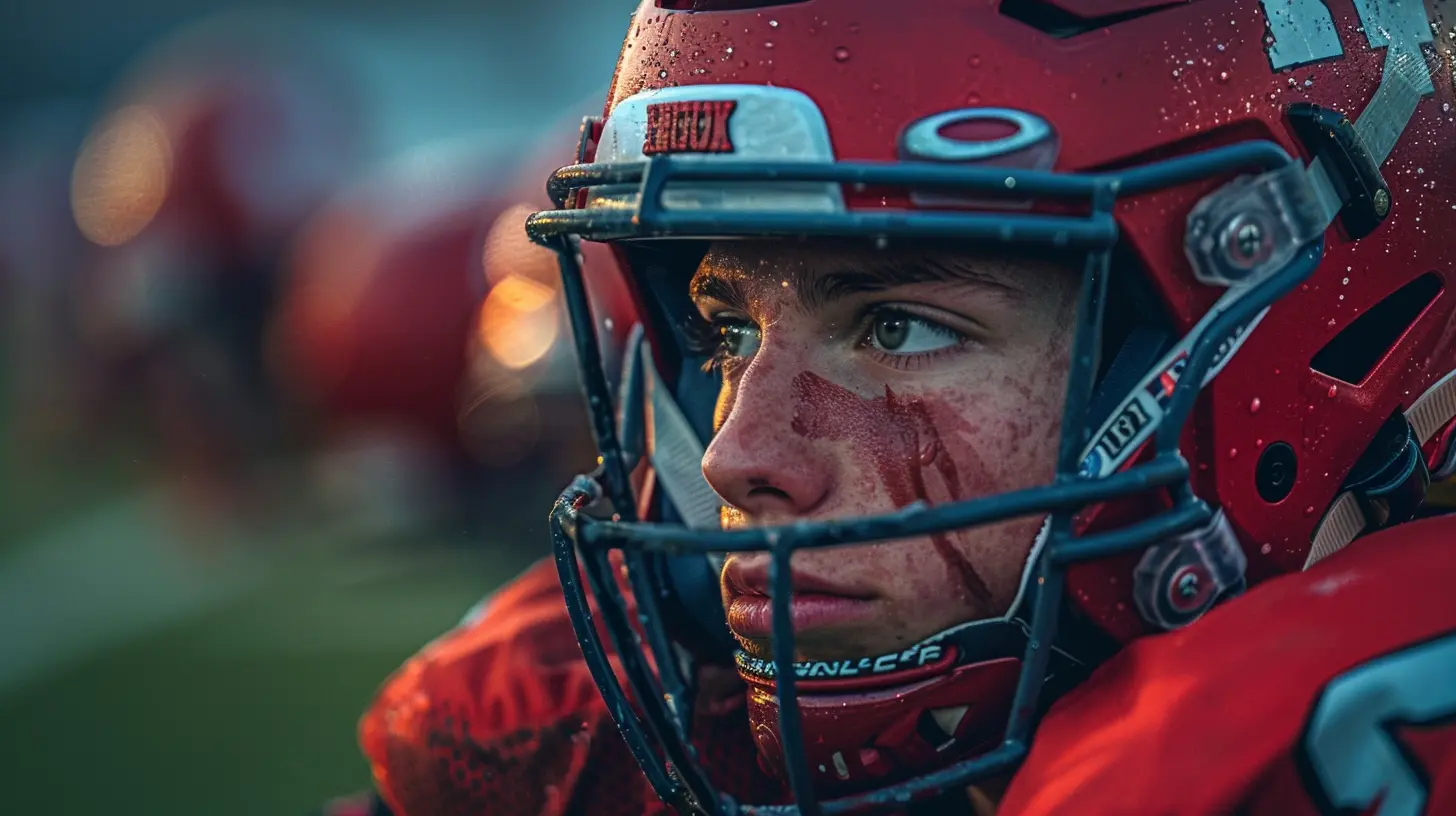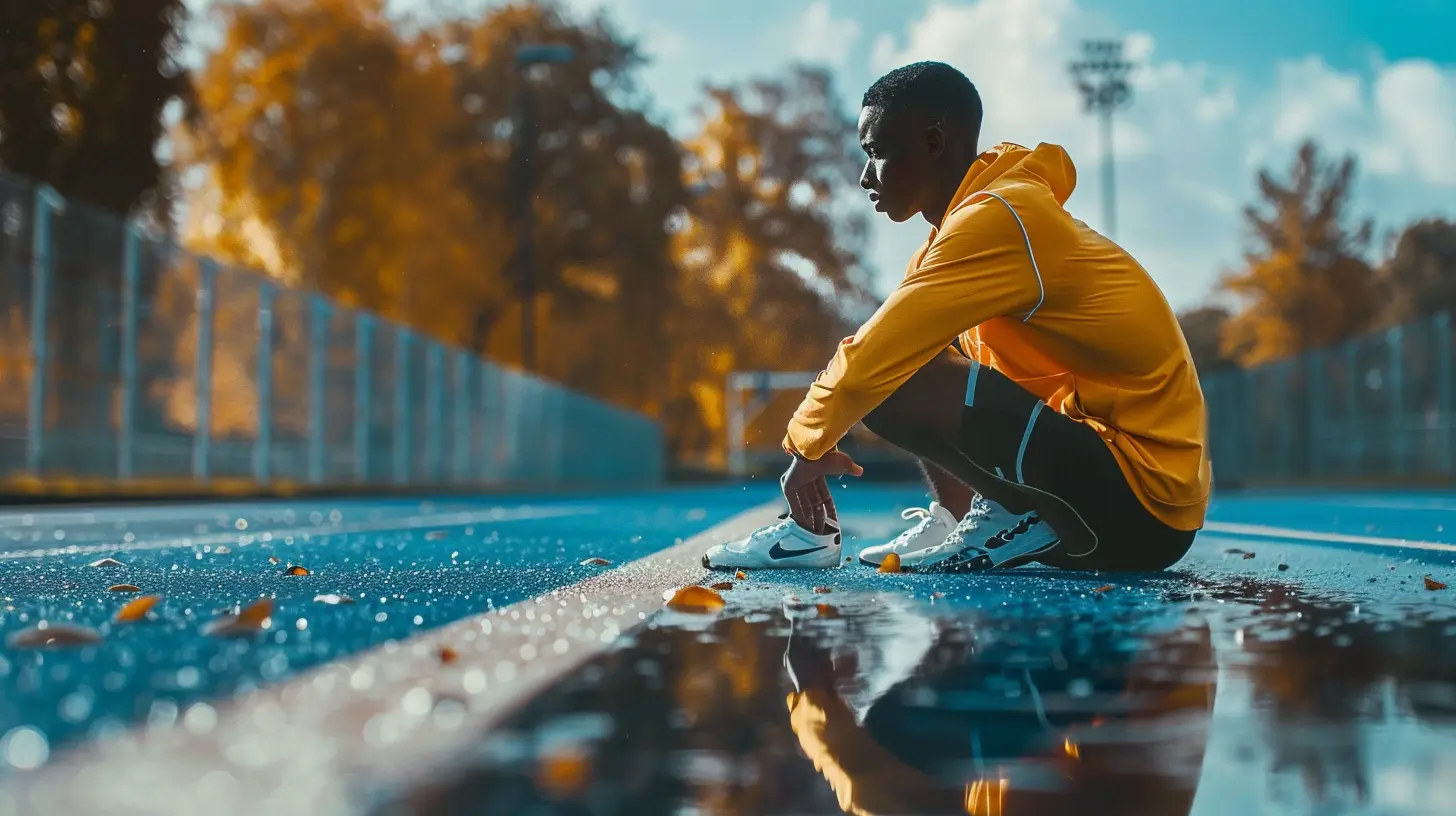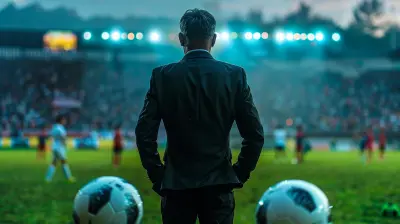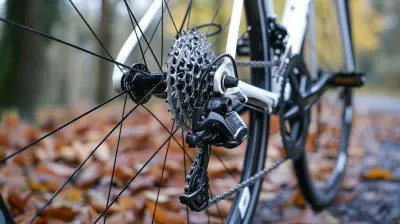18 April 2025
High school athletes grind harder than most people realize. Between early-morning practices, grueling workouts, and back-to-back games, their bodies take a serious beating. But here’s the kicker—many young athletes don’t give recovery the attention it deserves. They push themselves to the limit, thinking that more training equals better performance.
Spoiler alert: That’s not how it works.
Rest and recovery aren’t just optional; they’re essential. Without them, even the most talented athletes risk burnout, injuries, and stalled progress. Let’s break down why rest and recovery are absolute game-changers for high school athletes.

Why Rest and Recovery Matter
1. Better Performance on the Field (or Court, or Track…)
Think of your body like a smartphone. If you never let it charge, it’s eventually going to shut down. The same goes for athletes. Muscles need time to repair, the nervous system needs to reset, and the body has to recover from stress. Without rest, athletes might still show up for practice, but they won’t be at their best.Recovery allows athletes to come back stronger, faster, and sharper. It improves endurance, reaction time, and even decision-making. Simply put, resting isn’t lazy—it’s smart.
2. Injury Prevention
Ignoring recovery is like playing Russian roulette with injuries. Overtraining leads to overuse injuries—shin splints, stress fractures, tendonitis, and more. High school athletes are still growing, which means their bodies are especially vulnerable to breakdowns from excessive strain.Proper rest gives muscles, tendons, and joints time to rebuild. Skipping it increases the risk of nagging injuries that could sideline an athlete for an entire season—or worse, for good.
3. Mental Sharpness and Focus
Physical fatigue is one thing, but mental exhaustion? That’s a whole different beast.High school athletes juggle workouts, classes, homework, social lives, and sometimes even part-time jobs. If they don’t get enough rest, they’re not just sluggish on the field; they’re struggling in school and everyday life.
Sleep and active recovery help reset the brain, improving concentration, memory, and problem-solving skills. Athletes who prioritize sleep outperform those who don’t—both on the field and in the classroom.

The Science Behind Recovery
Muscle Repair and Growth
Every time an athlete trains, tiny muscle fibers tear apart. Don’t freak out—that’s normal. But here’s the crucial part: those muscles need time and nutrients to rebuild stronger than before. Without proper recovery, muscle breakdown outpaces muscle growth, leading to weaker performance and a higher risk of injury.The Role of Sleep in Athletic Performance
Sleep isn’t just about feeling rested—it’s when the magic happens. During deep sleep, the body releases human growth hormone (HGH), which repairs muscles, strengthens bones, and promotes overall recovery.Studies have shown that athletes who get less than 7 hours of sleep are more prone to injuries and have slower reaction times. On the flip side, those who consistently sleep 8-10 hours a night see significant improvements in speed, accuracy, and endurance.
Reducing Stress and Cortisol Levels
Overtraining without proper recovery spikes cortisol levels (a stress hormone). Too much cortisol leads to fatigue, poor immune function, and even muscle breakdown. Basically, if an athlete is constantly stressed and overworked, their body is in fight-or-flight mode instead of recovery mode.
Essential Recovery Methods High School Athletes Should Follow
1. Get Enough Sleep (Seriously!)
If there’s one recovery method that trumps them all, it’s sleep. Aim for 8-10 hours per night. No excuses. Sleep is when your body does the most repair work, so cutting it short means cutting your progress short.Want to sleep better? Try:
- Keeping a consistent sleep schedule (even on weekends)
- Limiting screen time 30-60 minutes before bed
- Creating a dark, quiet, and cool sleep environment
2. Hydration and Nutrition
Your body is like a car. You wouldn’t expect it to run without gas and oil, right? Same logic applies here.- Hydration: Water is crucial for flushing out toxins and delivering nutrients to muscles. Dehydration makes recovery sluggish, so athletes should drink plenty of water and electrolytes throughout the day.
- Proper Nutrition: Recovery starts in the kitchen. Post-workout meals should include protein (to repair muscles), carbs (to replenish energy stores), and healthy fats (to reduce inflammation).
3. Active Recovery
Rest doesn’t always mean lying on the couch binge-watching Netflix (though sometimes, that’s totally fine). Active recovery involves low-intensity activities like:- Light jogging or walking
- Yoga or stretching
- Swimming or cycling at a relaxed pace
These activities help keep blood flowing and speed up muscle recovery without putting too much strain on the body.
4. Foam Rolling and Stretching
Muscles get tight and stiff after intense workouts. Foam rolling and stretching help break up muscle knots, improve flexibility, and reduce soreness. Spending just 10-15 minutes on a foam roller after practice can make a huge difference in how the body feels the next day.5. Rest Days are NOT a Sign of Weakness
Some athletes think taking a day off means falling behind. That’s a dangerous mindset. Rest days are when muscles rebuild and come back stronger. Without them, training becomes counterproductive. High school athletes should schedule at least one full rest day per week—no intense training, no heavy lifting, just pure recovery.6. Ice Baths and Contrast Therapy
Ever wonder why professional athletes sit in ice baths after games? Cold therapy reduces inflammation and speeds up recovery after intense workouts. Some athletes also use contrast therapy (alternating between hot and cold water) to improve circulation. While not necessary for everyone, it can be a great tool for those dealing with constant soreness.
The Dangers of Overtraining for High School Athletes
1. Burnout and Fatigue
When an athlete trains too much without proper rest, they hit a wall. Symptoms of burnout include:- Constant fatigue
- Lack of motivation
- Decreased performance
- Mood swings or irritability
Burnout can kill an athlete’s love for their sport. And once that passion fades, it’s hard to get it back.
2. Increased Risk of Serious Injuries
Overtrained muscles don’t function at full strength, leading to poor form and bad mechanics. That’s when serious injuries like ACL tears, stress fractures, and chronic pain issues creep in. Skipping rest isn’t just reckless—it’s dangerous.3. Limited Long-Term Progress
Overtraining actually slows down results. Instead of getting stronger and faster, athletes hit plateaus or even regress. The body can only adapt to so much stress before it starts breaking down. Proper recovery ensures consistent progress without setbacks.Conclusion: Rest Like a Champion
The best athletes know that rest isn’t a weakness—it’s a weapon. High school athletes who take recovery seriously will have a massive advantage over those who don’t. They’ll be stronger, faster, and healthier in the long run.So if you’re an athlete, take care of your body. Sleep like your performance depends on it (because it does), fuel your body with the right foods, and never underestimate the power of a rest day. Because at the end of the day, champions don’t just train hard—they recover even harder.





Liora McDowney
Great insights! Rest is crucial for young athletes' performance.
April 21, 2025 at 6:24 PM